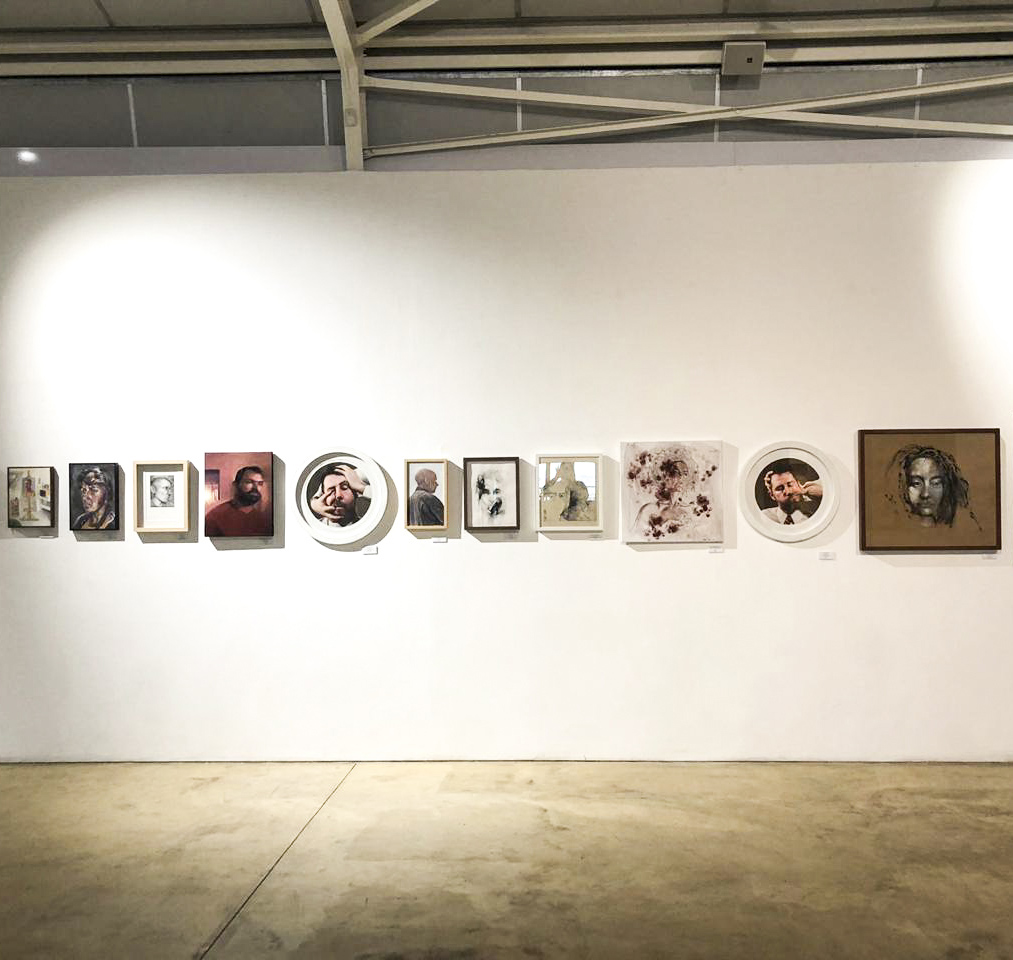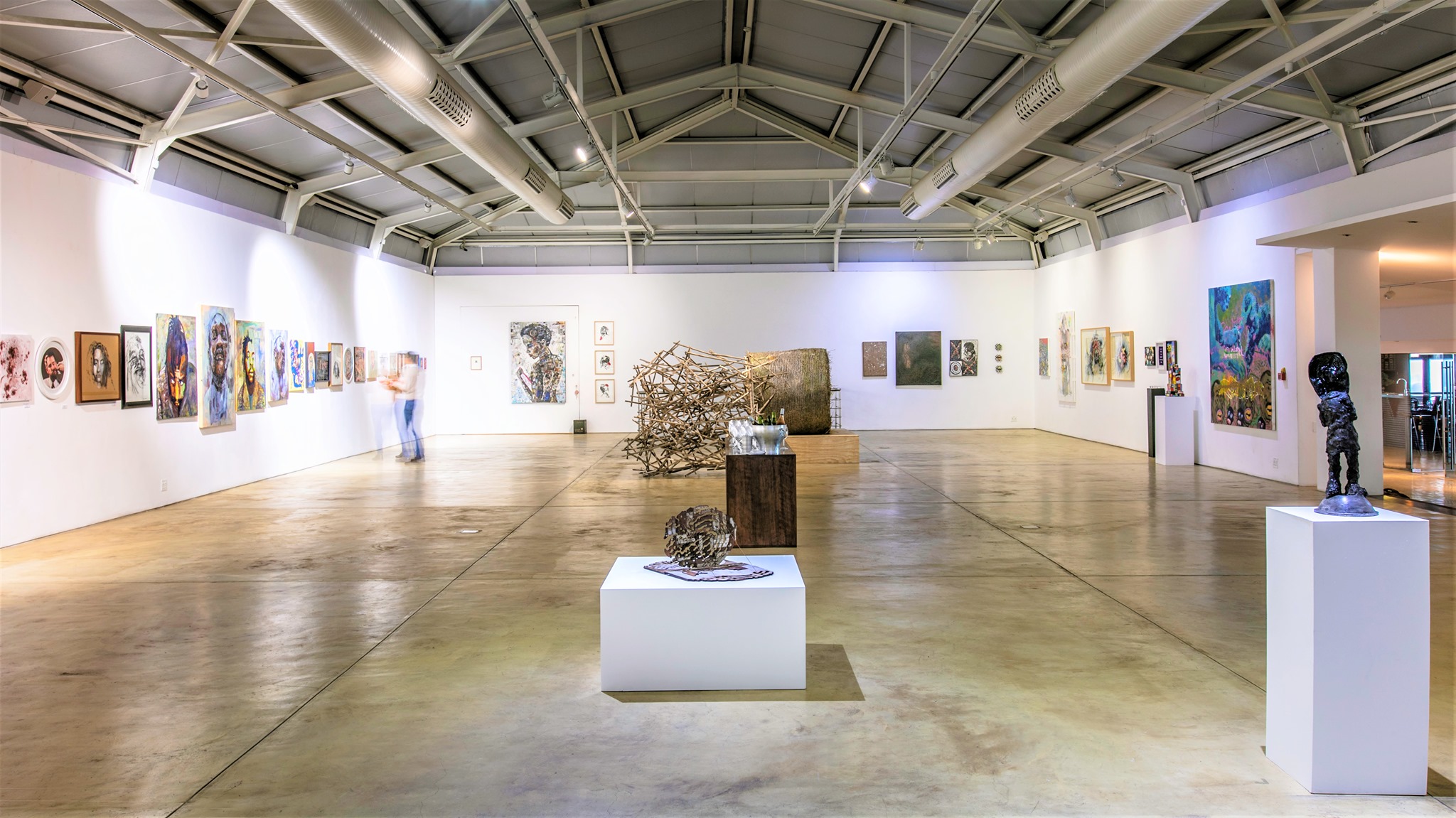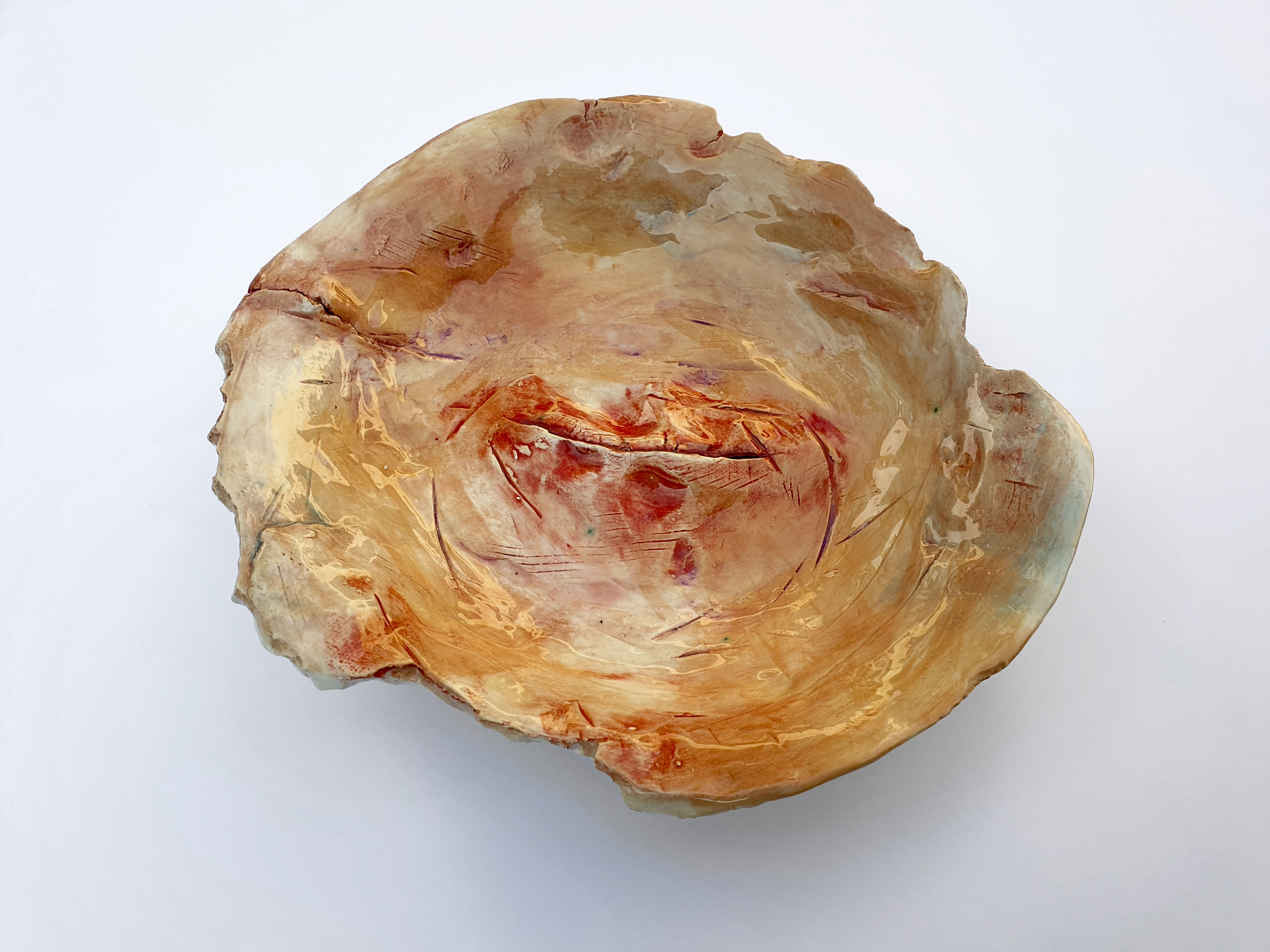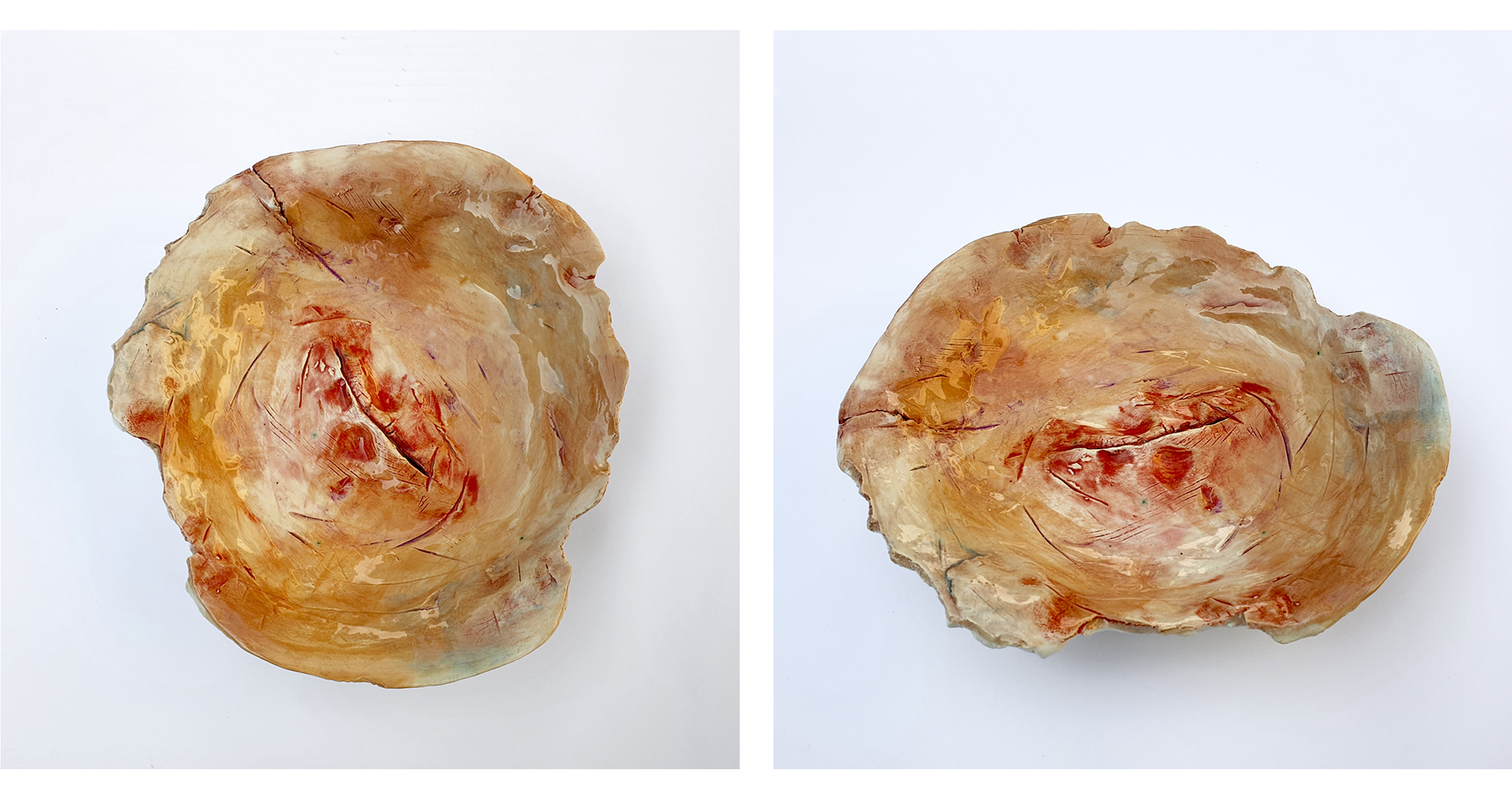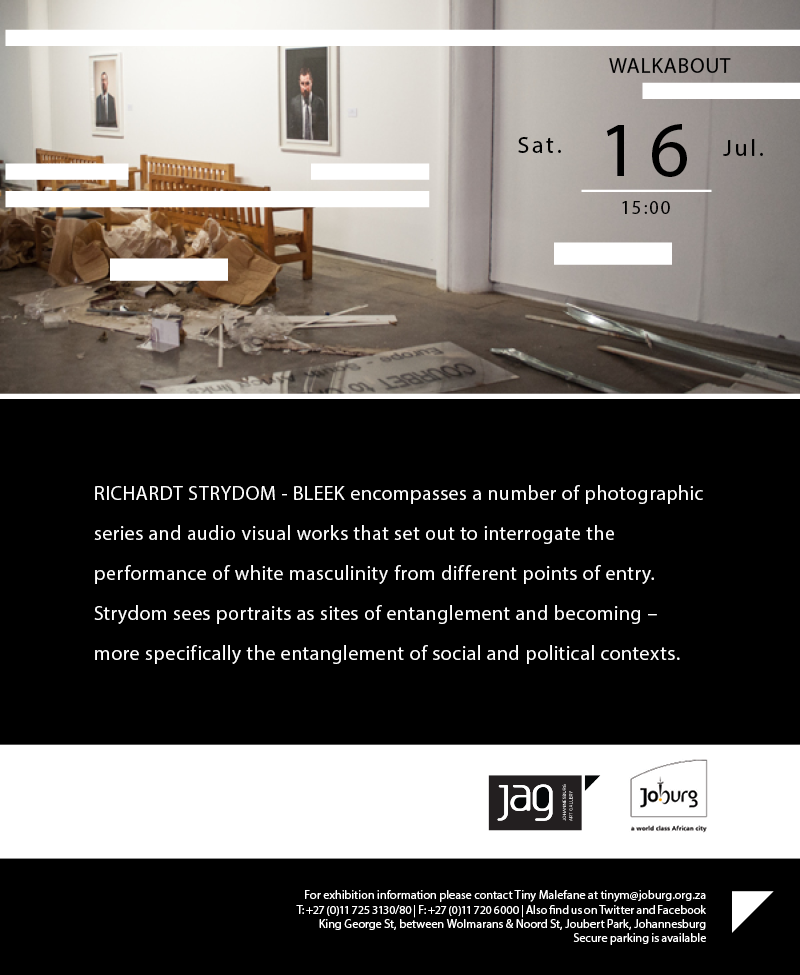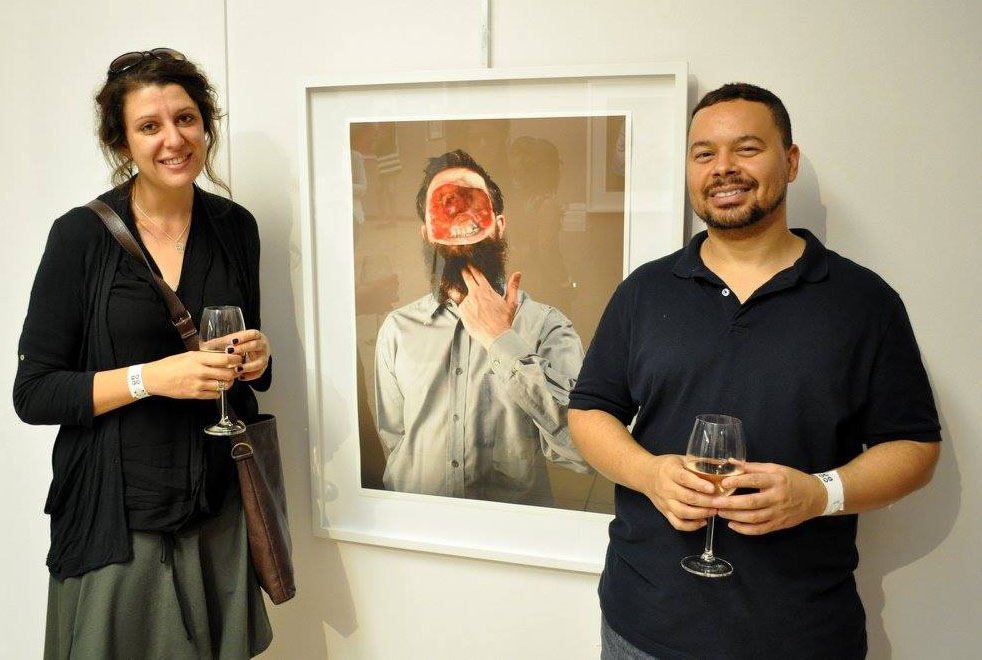
KD: Why are you so interested in the identity of male Afrikaners? What is so special about it?
RS: Afrikaners’ claim to racial and cultural superiority has been the most obvious, but enduring cultural fallacy with which I grew up. In the early 20th Century there was a systematic white-wash of Afrikaners’ settler history. The recorded and inevitable miscegenation among early settlers (Volksvaders) was the biggest taboo and was suppressed in official historical accounts and more often omitted from family trees. Afrikaners are colonial settlers but somehow insist on laying claim to duel ‘citizenship’ – on the one hand claiming entitlement to an African birthright and ownership, but on the other unwilling to give up their sense of supposed European superiority.
For me it’s an identity that makes for an interesting case-study and I can use myself as subject or starting point of investigation. Afrikaner masculinity is hegemonic in its whiteness, but at the same time it is a post-mastery whiteness, and also an African whiteness.
Whiteness takes its own agency for grated because its pervasiveness makes it invisible to itself. In this context all forms of identity remain almost tangibly political, and all the other aspects that I’m interested such as agency, body politics and the abject also comes into play.
KD: How would you describe the identity of male Afrikaners? How has it been changing over the years?
RS: Its in-group members, who were drunk on staunch Calvinism and a false sense of persecution and self-importance, had always strictly policed the Afrikaner male identity. The current conservative backlash that is besetting erstwhile traditional Afrikaner public institutions, like NWU’s Potchefstoom campus, is in my opinion an indication that an entrenched rearguard of middle-aged Afrikaner men suddenly realized that their phallocentric privilege had become deflated. The barracking of old bastions with mothballed ideologies is exposing a deep-rooted fear of restitution. The cultural impotence suffered by this rearguard is currently manifesting in desperate attempts of self-interest that entail the debilitating bureaucratizing of said institutions and long overdue transformation processes, the policing and censure of independent thought and the malicious intimidation and victimization of dissenters.
I find it disparaging that this should still be the case 20 years after liberation – but not at all surprising. It echoes the attitudes and actions of the Afrikaner henchmen towards dissenters in the late 1980s and early 1990s when it became clear that a change in the status quo was inevitable. By actively subverting restitution and transformation processes, many of yesterday’s henchmen managed to hang on and are today still in the same positions of power, and are the motivating force behind the rearguard’s desperate backlash.
Fortunately, since 1994 the triumph of democratic society and a constitution that prohibits discrimination on grounds including race, gender, sex, ethnic or social origin, colour, sexual orientation, age, disability, religion, conscience, belief, culture, language and birth has liberated people to question and challenge dogmatic cultural institutions and assumptions. There are many younger Afrikaner men and women who are establishing and articulating their own gender and national identities outside of the thought prison of the Afrikaner rearguard.
 KD: How do you feel as a part of this community?
KD: How do you feel as a part of this community?
RS: I would like to see myself as part of a larger South African and African community, and to do that I need to disavow most of the staunch dogmas that inform Afrikaner identity.
Being part of the white Afrikaner community, and its particular history, however has made me become more aware of the ways in which prejudice and bias influence the ways we see others and how privilege can make one blind to the injustices meted out to others.
I find the fact that the majority of white South Africans can claim never to have benefited from 300 years of colonial oppression as well as apartheid completely incredulous. But, the point is – all whites here have benefitted from our colonial history, which continued throughout apartheid and up to the present. And whites are still privileged by that history. As long as we have not yet arrived at the postcolonial proper, that history will continue to dominate the present.
KD: What aspects of the male Afrikaners‘ identity do you want to show in your photographs and why?
RS: I always work at home in my own living room, so my private domestic environment becomes the stage where these isolated performances are captured as still images – relics if you like.
I’m interested in the tension between private performance and public image. I want to show an identity in slippage.
KD: Why did you choose this particular subject? Do you rather use your personal experience and memories or rather the collective experience of Afrikaners in your art?
RS: It was an evolution of sorts. When I started art school in 1990 Resistance Art was at its zenith. South African Resistance Art was a socio-political and cultural response to state oppression. During the 1980s much of it was suppressed and many of the artists faced constant harassment or censure. By the start of the 1990s the liberation movements in Eastern Europe were felt here as well. The then president PW Botha of apartheid `South Africa was ousted in a soft coup – and the journey to democracy began. With this everything that was suppressed came into the open. Resistance Art expressed that liberation and had a profound influence on me.
Since then I’ve had an interest in art that was cognisant of its socio-political and cultural context. I draw inspiration from my surroundings and social interactions, so my current location at NWU in Potchefstroom, the institutional culture and weltanschauung here has been the impetus behind much of the body of work between 2009 and 2013. It was a way for me to make sense of my surroundings and my personal relation and position towards it. The last series to speak directly to this is called The Sleep of Reason Begets Monsters. This series consists of life-sized portraits depicting sleeping male figures. The title (in altered form) refers to the original Francisco Goya etching depicting a sleeping man – oblivious, but about to be overcome by his nightmares. Goya’s work is part of his Los caprichos-series, has been described as a “merciless commentary on social, political, and religious hypocrisy”. In my depictions there are only white men, as sleeping subjects, no nightmares or monsters tormenting them – in this epoch in which the author has long since been declared dead – these apparitions can now only exist in the mind of the viewer.



 More recently I’ve started to explore my personal archive of memories and experiences – restaging and re-performing some of these. I’ve also moved away from the Afrikaner per se and started looking more at whiteness and masculinity as a set of complex relationships that involves aspects such as agency and social contract.
More recently I’ve started to explore my personal archive of memories and experiences – restaging and re-performing some of these. I’ve also moved away from the Afrikaner per se and started looking more at whiteness and masculinity as a set of complex relationships that involves aspects such as agency and social contract.
The Dwang-portraits, for example, are informed by a personal childhood memory. Although ostensibly erotic, these images conjure up the unpleasant experience of public medical examinations administered by state doctors that pre-adolescent boys in state schools had to undergo during the 1980s. By replacing the model with an adult male, these works question issues of agency and complicity.
KD: What are the aims of your photographs? What do you want to tell the audience? Are the photographs supposed to serve the common good or serve you in any way?
RS: For me the photographs are documents of a personal exorcism – a process of working through, and letting go of my inherited identity baggage. I hope that the images offer the viewer an alternative to hegemonic representation and facilitate the discourse around post-apartheid and postcolonial white masculinity – in a way provide different ways of being.
KD: I think you’re brutally honest in your art. Aren’t you too harsh, blunt in representing Afrikaners‘ identity in your artworks?
RS: I believe that radical repositioning calls for candid responses. Having said that, my images are informed by deliberate intertextual relationships that draw on specific visual traditions. So when I say candid, it is in reference to photography as medium and the way it is popularly received.
The proverbial ‘person on the street’ doesn’t tend to associate violence with the performance of gender or identity – but there is a certain exertion to Afrikaner masculinity that is culturally informed and sanctioned. The coercion to fit in, and to be a man, often manifests violently in Afrikaner culture. A very recent example is a murder case currently tried in a regional court in a town called Vereeniging (translated: Unity) involving the brutal death of a teenager, Raymond Buys, at a so-called bootcamp. The young man’s parents claimed to have sent him to the camp to make a better man of him. Buys died after being tortured for not being tough enough. These kinds of atrocities are committed because Afrikaner men believe it is their right and duty to uphold this kind of cultural chauvinism.
Related to this and other similar incidents is a video work called Dwang/oudisie #2 (Jeugweerbaar) [translated: under coercion/audition (youth preparedness)]. This video piece addresses the notion of cultural masochism. Hegemonic cultural practices are often perceived to be inescapable and may lead to an internal masochistic conflict between belonging and dissent. A young adolescent is incapable to perform the physical challenges expected of him. His personal motivational laments become a mantra of his fated desperation and failure. The original audio and visuals are taken from television documentaries.
 KD: You’re showing rather unpleasant experiences, like rape, in the photographs. Is it difficult to convince people to take part in such a project?
KD: You’re showing rather unpleasant experiences, like rape, in the photographs. Is it difficult to convince people to take part in such a project?
RS: I always discuss my ideas with potential models. Some of images and video pieces can be very violating – such as the video piece Dwang/oudisie #1 (translated: under coercion/audition). The soundtrack consists of interviews taken from an illicitly downloaded amateur porn film in which young Afrikaans men audition for roles. In broken English and with strong Afrikaans accents the young men discuss their sexual encounters, preferences and taboos. Headshots of different young men (my own models) being examined in the manner of public school medicals of the apartheid era overlays the sound snippets. The juxtaposition of visuals and audio presents a probing examination of the manner in which male Afrikaner sexuality is performed.
There have been people who have declined to be part of my work – and I respect that. At the same time I would prefer not to unwittingly include somebody whose views oppose what I’m trying to express.
 KD: Who/what is your greatest inspiration?
KD: Who/what is your greatest inspiration?
RS: Currently I find great impetus from this answer by the artist Barbara Kruger on the question ‘what must change?’
“Everything that makes the world a more dangerous, greedy, power-abusing, toxic, tragic place: torture, arrogance, war, road rage, imperiousness, envy, belief without doubt, racism, sexism, triumphalism, the pathologies of surveillance, disease, snark, drought, earthquakes and the love of guns. Stuff like that…”
******************************************
This is an edited transcript of an interview with Karolina Drejerska for Afryka.Org published online earlier this year (19-01-2015). Original Polish version: O egzorcyzmach Afrykanerów – wywiad z Richardtem Strydomem here
I have since left the employment of NWU.














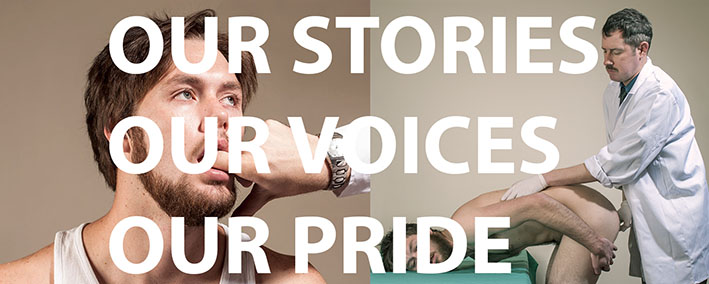
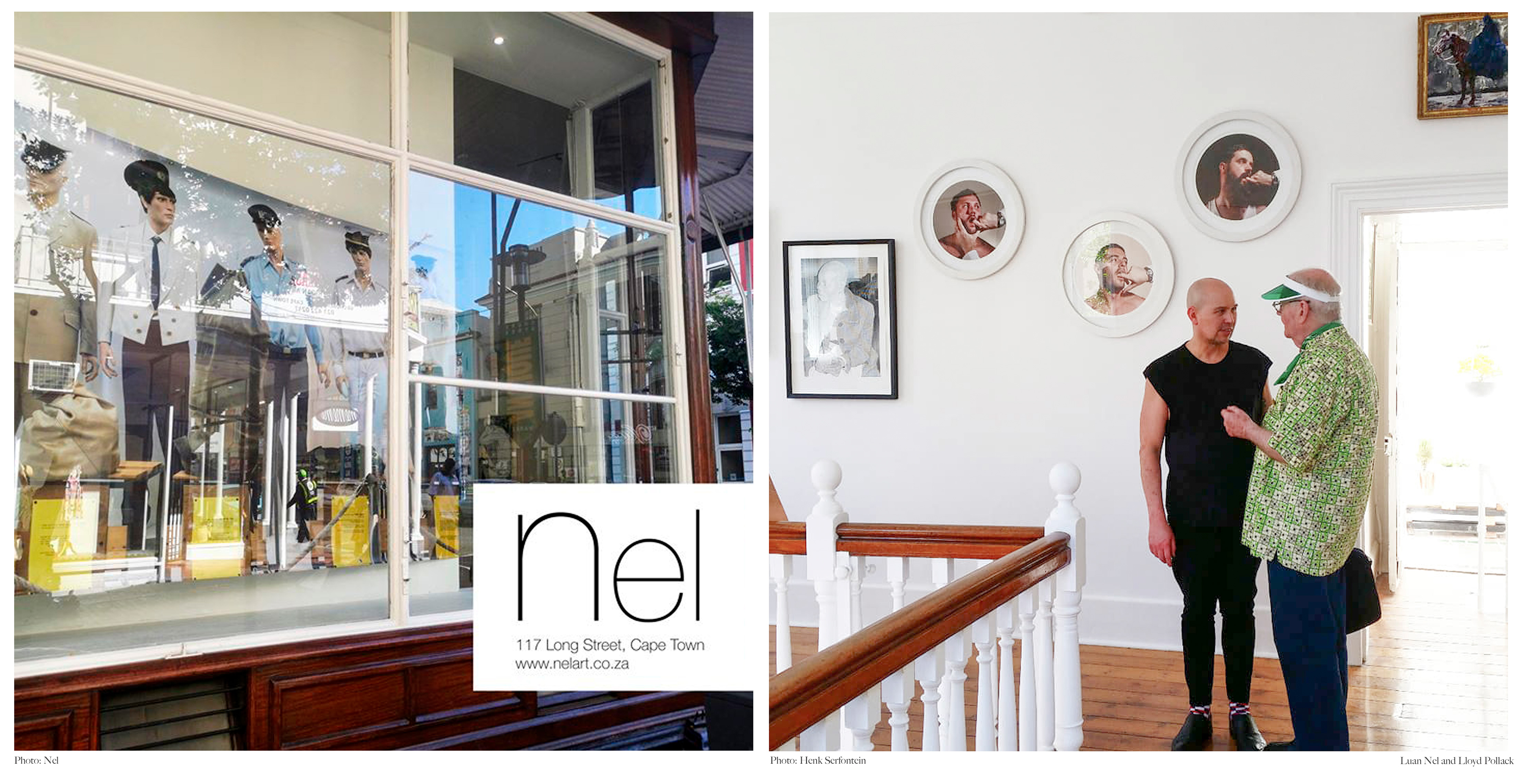
 Here are some exhibition views of the recent SELF group exhibition at
Here are some exhibition views of the recent SELF group exhibition at 